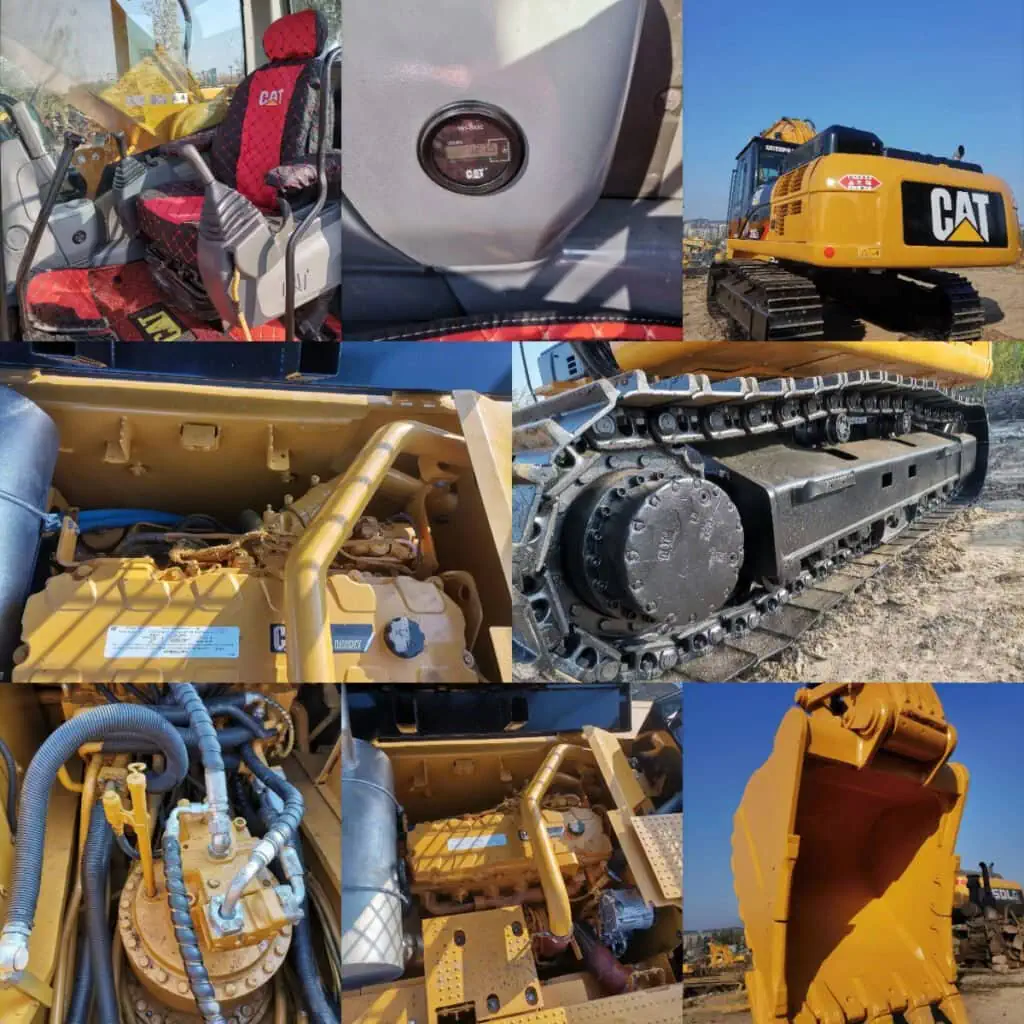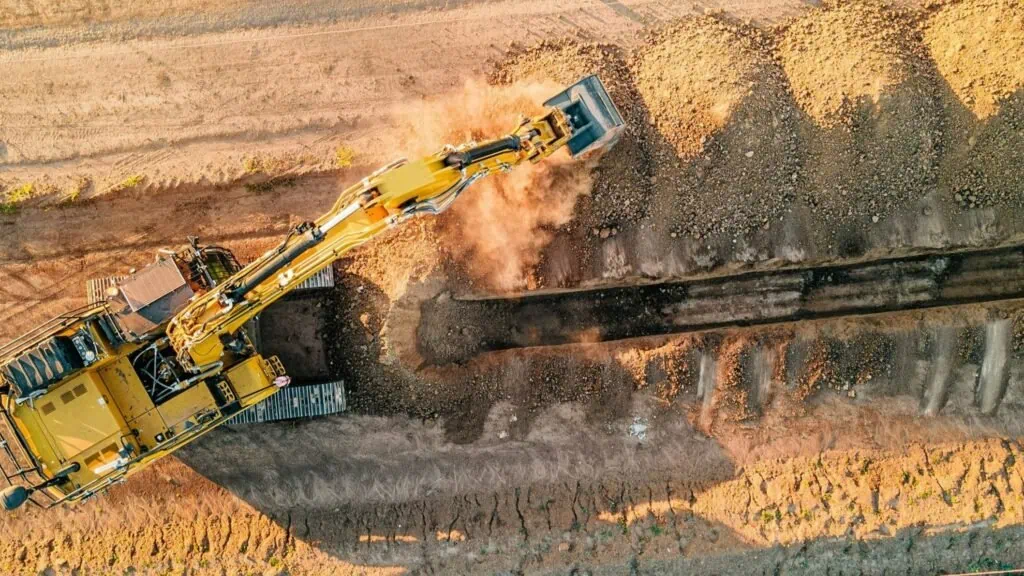Excavators are indispensable assets in the construction industry, significantly impacting various tasks, particularly digging. These heavy machines are engineered with precision to operate in diverse environments, from urban development to remote construction sites. In this blog, we will delve deep into the fundamental functions of excavator, especially focusing on their role in digging. Additionally, we will explore the components of excavators, the types of digging tasks they perform, safety considerations, and future trends in excavator technology.

The Structure of Excavators
Before understanding the key function of excavators, let’s take a closer look at what makes these machines unique. An excavator generally comprises several components:
- Boom: This is a long arm extending from the main body, allowing the excavator to reach out to the digging site.
- Arm: Attached to the boom, the arm provides the necessary reach and maneuverability to access various digging depths and angles.
- Bucket: This is the most critical part of the excavator. It comes in various shapes and sizes, tailored for different types of soil and materials. The bucket allows for efficient material removal.
- Cab: The operator’s space, where controls are located. The cab is equipped with modern technology, including GPS and hydraulic controls, enhancing operational precision.
- Undercarriage: This is the base of the excavator, which can have either tracks or wheels. Tracks provide better stability and traction on uneven terrain, while wheels allow faster movement on flat surfaces.
Understanding the function of excavators starts with recognizing how these components work together to perform highly effective digging operations.

The Function of Excavators in Digging
The primary function of excavators is to dig. However, the process encompasses various techniques and applications. Here are some key digging tasks performed by excavators:
1. Trenching
Trenching is one of the most common applications for excavators. This process involves creating narrow, deep channels in the ground, primarily for laying pipes, utilities, or drainage systems. Excavators are ideal for trenching because they can access confined spaces and create precise, straight trenches.
The use of excavators for trenching offers numerous advantages over manual digging methods. Not only do excavators save time, but they also ensure that trenches meet specific depth and width requirements, which is essential for compliance with construction standards.
2. Foundation Excavation
Foundation excavation is crucial for any construction project. It involves removing the earth to create a stable base for buildings, bridges, or other structures. Excavators are preferred for this task due to their ability to dig deep and wide holes efficiently.
Using an excavator, contractors can manage both deep and shallow excavations seamlessly. The machine’s versatility allows it to switch between different bucket attachments to accommodate varying soil types and digging conditions, enhancing the overall efficiency of the excavation process.
3. Earthmoving and Landscaping
In addition to traditional digging tasks, excavators play a vital role in earthmoving activities. They can be used to reshape land, move soil to different locations, and prepare sites for landscaping projects.
The multifunctionality of excavators makes them valuable for creating graded surfaces, slopes, and contours in landscapes. With the right attachments, such as grading buckets, excavators can perform leveling tasks that would otherwise require multiple machines.

Advantages of Using Excavators for Digging
Using excavators for digging comes with several distinct advantages:
Efficiency and Speed
Excavators can complete digging tasks significantly faster than manual labor. For large-scale projects, this increased efficiency translates to reduced labor costs and shorter project timelines, which is a critical factor in construction management.
Precision and Control
Modern excavators are equipped with advanced hydraulic systems and controls, allowing operators to dig with remarkable precision. This capability is essential for projects requiring exact specifications and minimizes material waste.
Versatility
Excavators can easily adapt to a variety of digging tasks thanks to the availability of different attachments, such as buckets, augers, and grapples. This versatility makes them a one-stop solution for multiple construction and landscaping tasks.

Safety Considerations in Excavation
While excavators provide substantial advantages, safety must remain a priority during excavation operations. Here are some essential safety considerations:
Operator Training
Proper training for operators is crucial. Experienced operators understand how to manage the complex controls and maneuver the machine safely around the job site. This reduces the risk of accidents and injuries.
Equipment Maintenance
Regular maintenance of excavators is vital for ensuring optimal performance and safety. Routine checks on hydraulic systems, tracks, and other components help identify potential issues before they become dangerous problems.
Site Safety Protocols
Establishing safety protocols on-site is essential, especially in excavation areas where hazards, such as unstable soil or nearby overhead lines, may be present. Communication among workers and the use of proper personal protective equipment (PPE) is necessary to maintain a safe working environment.
Future Trends in Excavator Technology
As technology advances, excavators are becoming even more efficient and user-friendly. The future holds exciting developments for excavator technology, including:
Remote Operation
Remote-controlled excavators allow operators to perform digging tasks from a safe distance. This technology could mitigate risks associated with working in hazardous environments, such as underground or demolition sites.
Autonomous Excavators
The rise of autonomous machinery in construction is on the horizon. Excavators equipped with artificial intelligence may soon be able to perform digging tasks with minimal human supervision, improving efficiency and precision.
Enhanced Connectivity
IoT (Internet of Things) connectivity is set to revolutionize how excavators operate. With real-time data streaming, operators can monitor equipment performance, track usage, and maintain machinery more effectively, leading to proactive maintenance and reduced downtime.
Abschluss
Excavators are an invaluable component in modern construction, particularly due to their key function in digging. From trenching and foundation excavation to earthmoving and landscaping, these machines excel at various tasks, enhancing efficiency and precision on the job site. As technology evolves, we can expect excavators to become even more sophisticated, further transforming the construction landscape. Recognizing the vital role of excavators in these processes is essential for anyone involved in construction or heavy machinery operations.






